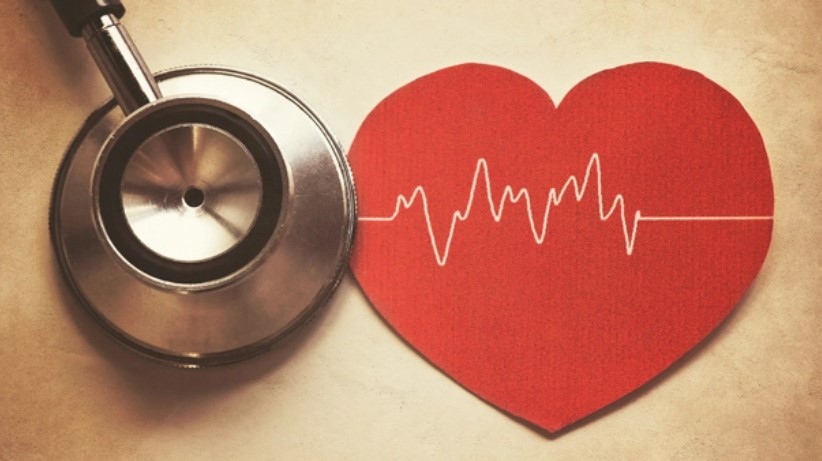The Latest Trends in Cardiovascular Treatments

If you’ve been following medical news, you’ve probably noticed that advances in technology are constantly advancing in cardiovascular care. These innovations include wearable devices, artificial intelligence, robotic catheter navigation systems, and live, 3-D, transesophageal echo (TEE) holographic imaging. Read on to discover how these technologies can improve your health and quality of life. You may also be surprised to learn that you’re not alone in your quest for new treatments.
Wearable devices
In the field of cardiology, wearable devices have been developed to monitor cardiovascular conditions such as stroke. One such wearable device, the VitalPatch, is a biosensor that continuously records single-lead ECGs. It is worn on the upper left chest and transmits data to a relay device that is then analyzed at a central workstation. The device also records other data, such as body temperature and respiratory rate. In addition, it can detect body motion and falls.
Several breakthrough technological developments have brought a variety of cardiac smart wearables to the forefront. These devices allow real-time and continuous recording of heart rates, which is essential for cardiac arrhythmia detection. However, cardiac smart wearables’ quality and type of information vary. For example, some are difficult to use in clinical practice. For this reason, they are currently being tested. Ultimately, wearable devices for cardiovascular treatments can help improve patient management and reduce patient hospitalizations.
Artificial intelligence
AI has become a mainstay of modern medicine, from drug discovery to medical diagnosis. Like Sharp.com, as a pioneer in clinical cancer research, they provide early access to new and modern cancer treatments. The basic building block of AI systems is the neural network. This computer system learns by ingesting hundreds of thousands of similar readings, making it capable of detecting a variety of heart conditions and even predicting future issues. Once trained, AI systems can interpret simple tests and diagnose heart conditions based on their patterns. Several potential applications for AI in cardiovascular treatments are currently being investigated.
AI may help physicians diagnose diseases based on their appearance on the ECG. For example, the study used artificial intelligence to classify new heart failure phenotypes. New diagnostic echocardiographic parameters may be identified, leading to the development of novel targeted treatments. For example, 2D speckle-tracking echocardiography cannot accurately measure left ventricular ejection fraction, a parameter commonly measured by the time-honored “eyeball” method. By using AI to improve the accuracy of cardiac imaging methods, the 21st-century paradigm may shift from traditional statistical tools to AI.
Robotic catheter navigation systems
Magnetic field-enhanced robotic catheter navigation systems for cardiac procedures have the potential to improve the accuracy of ablation procedures. Magnetic field-enhanced robotic catheters can rapidly adjust to magnetic fields inside the heart, ensuring stable, accurate positioning. In addition to accuracy, the systems enable faster procedure times and improved patient safety. Listed below are the benefits of magnetic field-enhanced robotic catheter navigation systems.
The main benefit of the EPOCH method is the ability to manipulate the catheter via a joystick. The magnetic field automatically moves the catheter in the operator’s direction. Indirect manipulation takes approximately the same amount of time as direct manipulation. Current technical advancements in RMNS have made the systems available for a broader range of uses. Using automated tools during cardiac procedures has also contributed to improved patient safety.
The Sensei system uses two permanent magnets on each side of a patient’s chest to create a uniform magnetic field. The Sensei catheter advances and retracts with the help of a computer-controlled motor drive. Its drawbacks are similar to manual navigation, including weak tissue contact force and a lack of real-time response to the catheter. A more sophisticated system is required to achieve the same safety benefits.
Live, 3-D, transesophageal echo (TEE) holographic imaging
The 3D technology used in TEE holographic imaging combines two technologies. The first is a matrix array transducer with over two thousand piezoelectric crystals that can be independently focused and steered. The second technology uses multiple echo beams of different frequencies to obtain images. These imaging technologies provide the patient with a detailed 3D model of the heart, and the physician can visualize the various features of the patient’s cardiac system.
Live 3D TEE allows the clinician to view the heart in real-time and enables quantification of pathology and cardiac structure. With this technology, cardiac surgeons, interventional cardiologists, anesthesiologists, and echocardiographers can assess cardiovascular function and anatomy while the patient is awake. Furthermore, this technology is reproducible and quantified, making it ideal for cardiovascular treatments.
